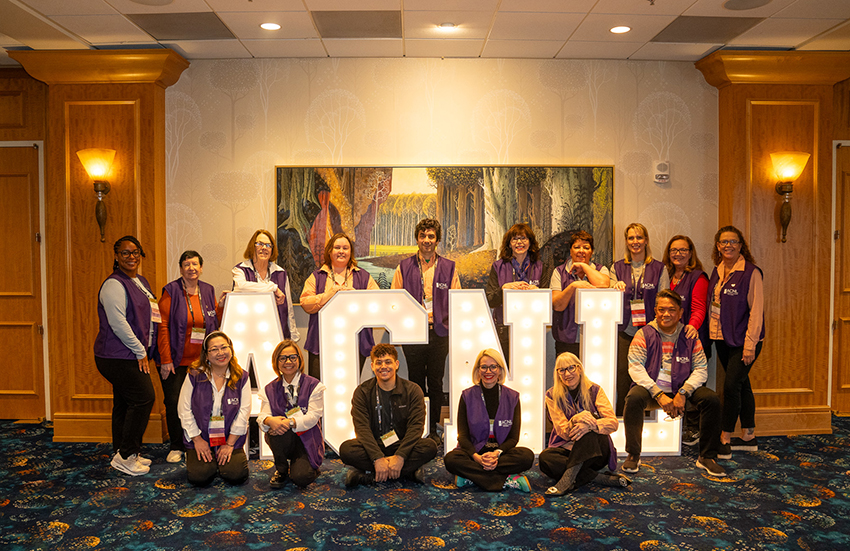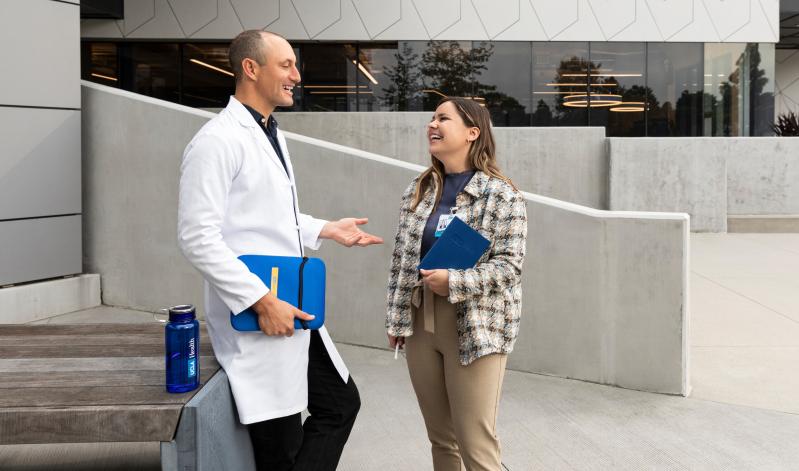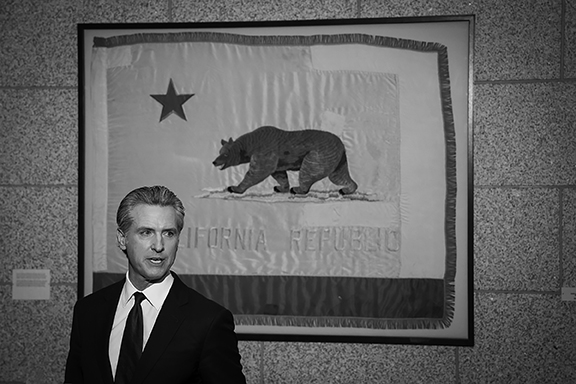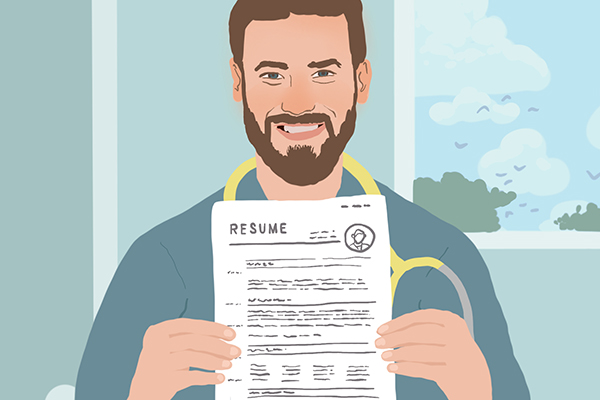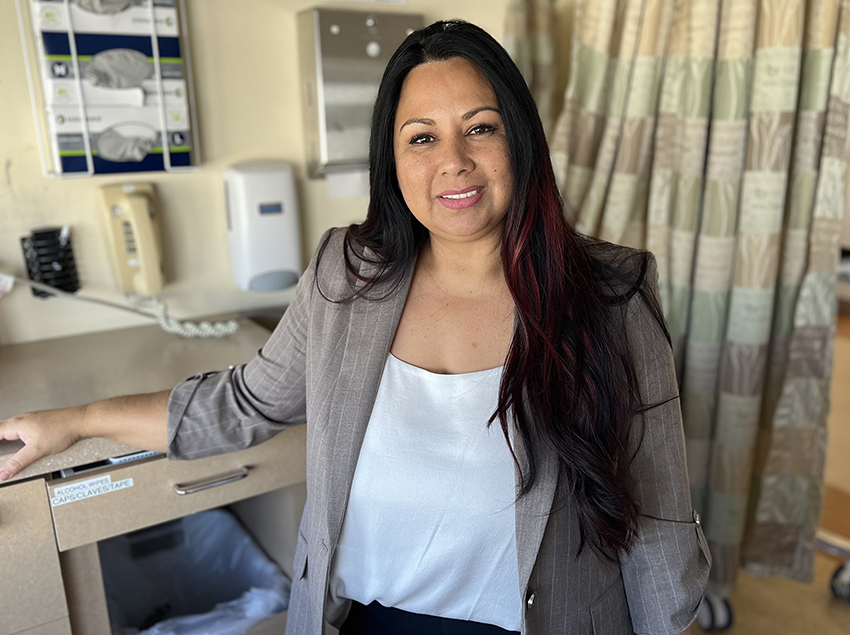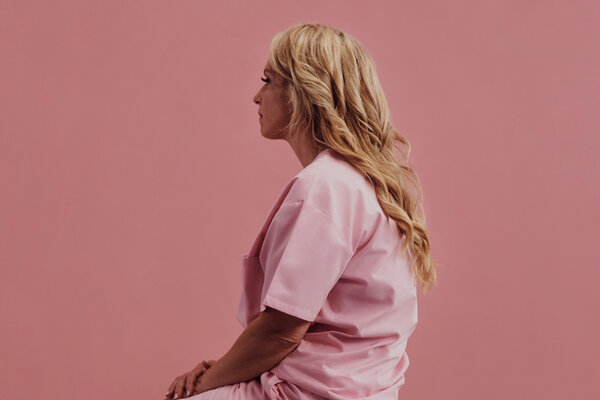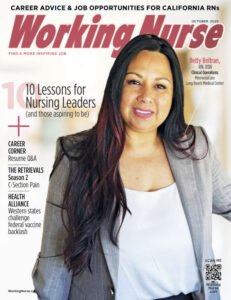Profiles In Nursing
Mary Marvin Wayland (?-1946), Pioneer of Evidence-Based Nursing Practice
Standards of care once depended on where a nurse worked
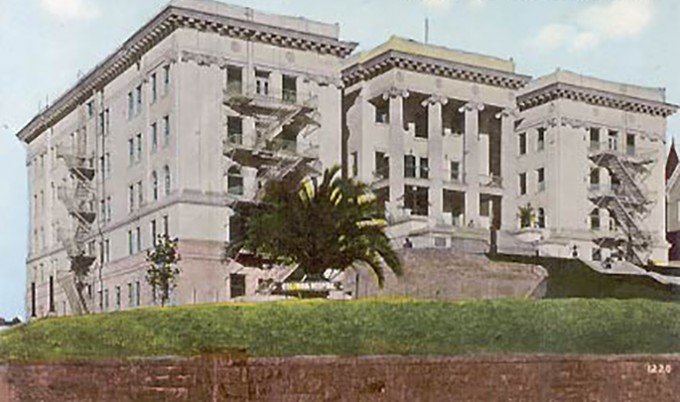
Photo above: Columbia hospital on Wilshire Boulevard in downtown Los Angeles, where Mary Marvin began her career as a nurse in the 1920s.
Evidence-based practice is such a fundamental part of today’s nursing vocabulary that it’s hard to believe there was a time when that wasn’t so. In fact, we can trace our modern approach to nursing research to the pioneering work of Mary Marvin Wayland, RN, M.A.
Following Orders
The epigraph of Mary Marvin’s landmark article “Research in Nursing,” first published in the May 1927 issue of the American Journal of Nursing (AJN), is a well-known quote from Louis Pasteur:
Without theory, practice is but routine born of habit. Theory alone can bring forth and develop the spirit of invention.
When Marvin first earned her nursing diploma from the University of Minnesota School of Nursing in 1912, a spirit of invention was not something nurses were encouraged to develop. Nurses were expected to follow the orders of their physicians and hospital matrons without question.
One consequence was that standards of care depended greatly on local custom. As Marvin later noted, there were dozens of methods for preparing hypodermics. Handwashing techniques varied widely. Approaches to catheterization were equally diverse, with some institutions advocating a mere sterile finger cot. Everything depended on where you worked.
This also meant that techniques like safe, inexpensive methods for handling thermometers were wanting. What brushes should be used for hand scrubs? What were the safest ways to lift and transport patients? What were the appropriate procedures for colostomies or nutritive enemas? No one was really asking such questions.


